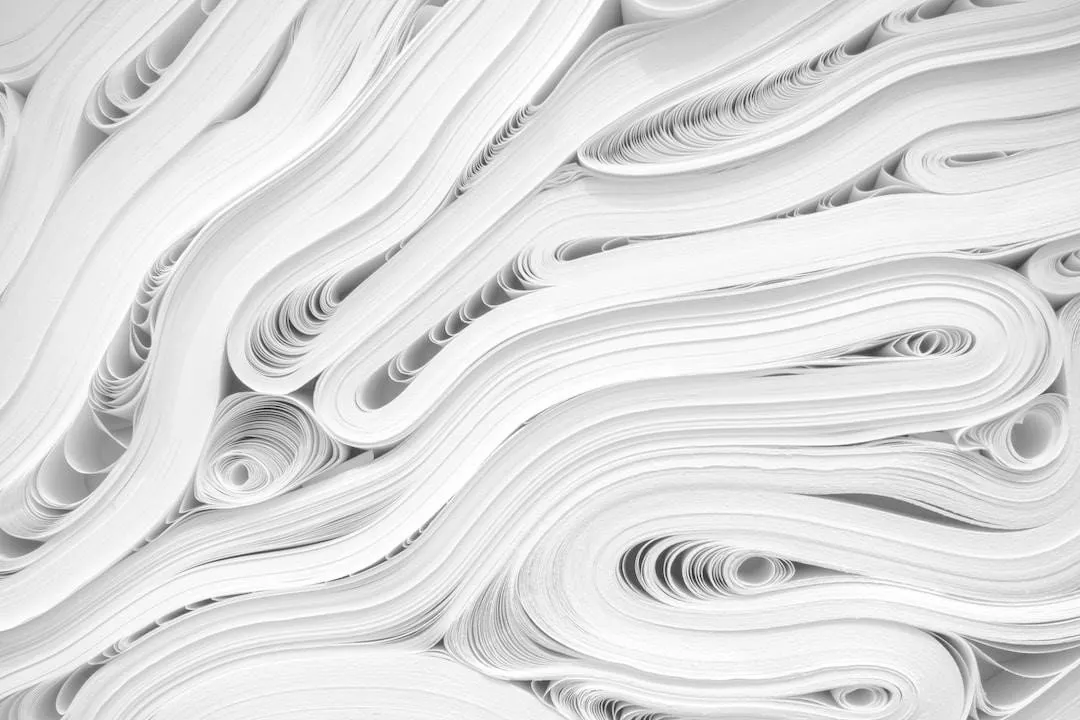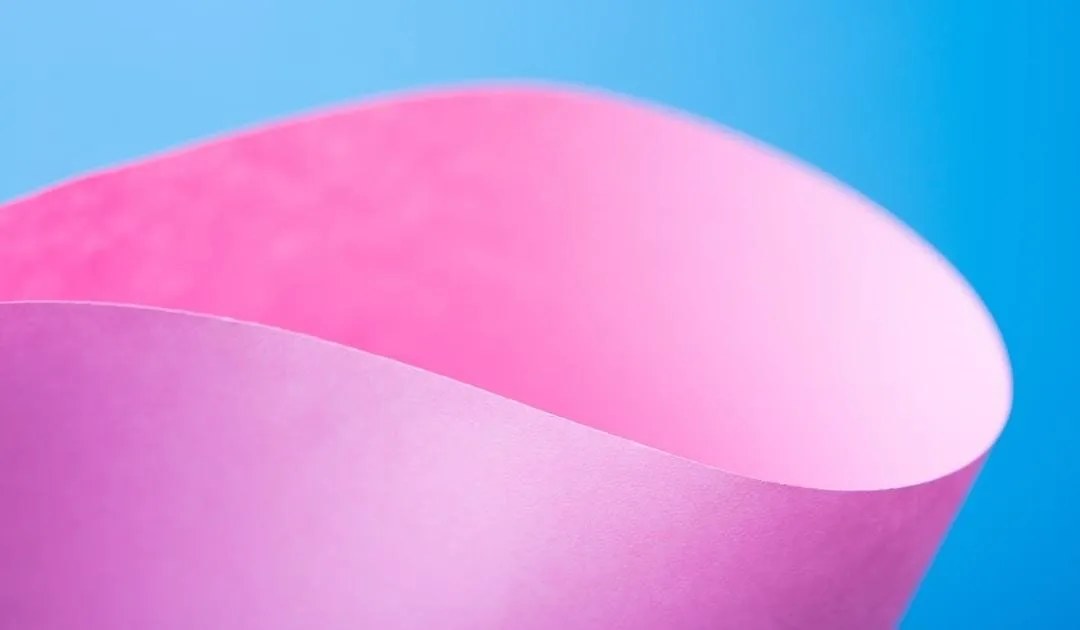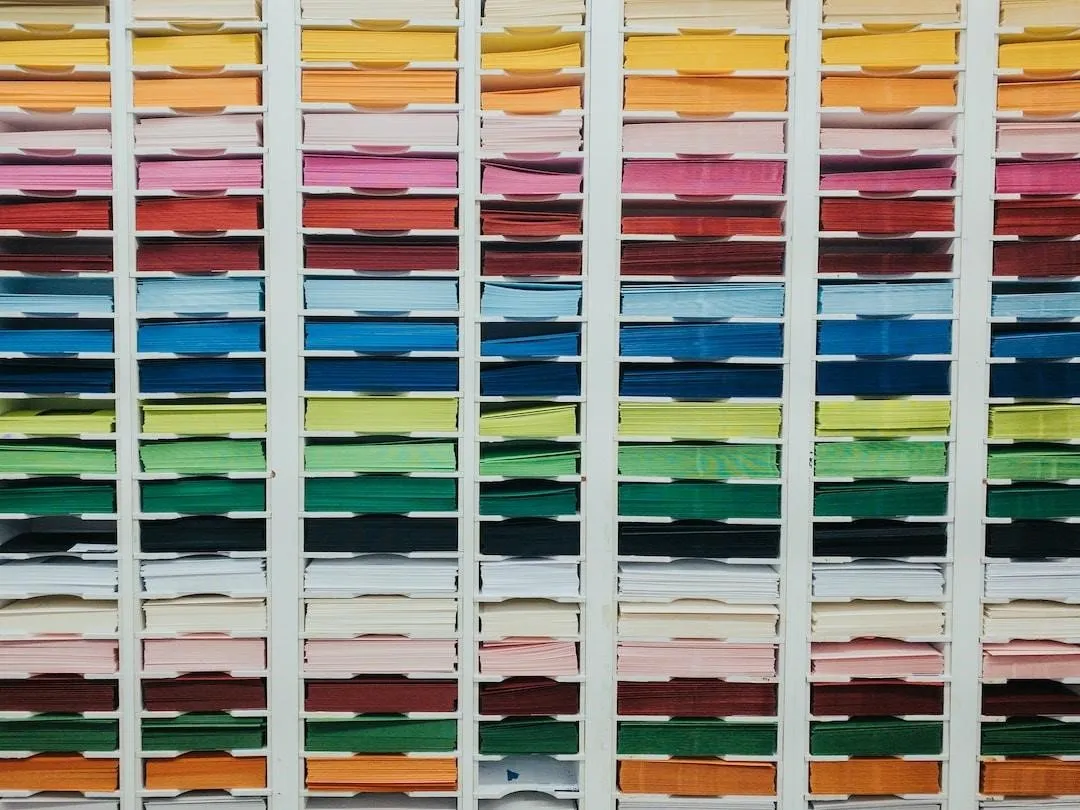
How to Choose the Right Paper Type for Printing
July 24, 2023
Are you curious about choosing the best paper type for your printing needs? From paper thickness to brights and finish, there are a few different factors you have to consider before choosing a type of paper. There are different types that work best for brochures, business cards, invitations, or presentation materials. Choosing the right one makes a significant difference in how information is presented on the sheet of paper.
Here at Bestype Printing NYC, we offer full-service printing services. From small projects to large-scale print jobs, we can do it all. We’ll guide you through all of the essential factors to consider when selecting the ideal paper type for your next printing project. Keep reading below to learn more about how you can use paper to stand out from the crowd.
Pick the right material and type.
Did you know that paper is made from a variety of different fibers? That’s right. While most paper is made of wood fibers, there’s also some paper that’s made of cloth, bamboo pulp, straw pulp, synthetic fibers, or even plastic. When it comes to paper for printing, you can choose from some of the following types:
- Laser printer paper
- Inkjet paper
- Card stock
- Bond and label paper
- Photo paper
- Copy paper
- Bond paper
- And many more
Keep in mind that there are plenty of options available at your local printing company in New York City. The professionals there can give you suggestions on the best options.
Choose the right size for your project.
The size of the piece of paper that you use is a significant factor to consider. There are suggested paper sizes for different projects and materials. For example, the amount of information placed on a business card doesn’t require the size of a standard letter size 8.5 x 11 piece of paper. There’s a specific paper size that’s made to accommodate any type of print job.
So, you’ll want to determine the amount of information you’re trying to convey for the project and then choose a size accordingly. Less information will typically result in a smaller size. Think invitations, business cards, or mailers. You’ll also have to consider the paper thickness after you choose the size.
Determine the best weight and thickness.
Paper weight typically refers to the thickness of the paper. Heavier weight typically means a thicker size and stiffer stock. Paper weight is usually measured in points (pt), pounds (lb.), or grams per square meter (gsm). The standard weight you’ll see is around 70 gsm while 90 gsm tends to be made of heavier weight for high-quality business cards or letterheads.
Card stock can be measured in lb. or pt and the higher amounts result in a more premium look and feel. This media type is often used for invitations or brochures to ensure a professional look. Everyday office printing doesn’t necessarily require paper with more weight as it can easily cause paper jams or printer issues.
Compare brightness and opacity.
Paper brightness is measured on a scale of 1-100. The higher the brightness level, the whiter and brighter the paper will appear. Brightness is usually important for printed materials that require sharp and vibrant colors like photos, brochures, or business cards. In these cases, a higher brightness level is generally a better choice because it helps enhance the colors and bring out finer details.
There’s also the object of opacity which refers to the amount of light that can be seen through the paper. Thinner, everyday paper may be less opaque while card stock and postcards tend to be more opaque. If you plan to print double-sided and don’t want any text or imagery to show through the other side, you’ll want to opt for more opaque and bright varieties.
Differentiate coated vs. uncoated stock.
Now that you know all about size, paper thickness, and brightness, it’s time to think about the finish. When it comes to choosing the ideal paper type for printing, it’s important to understand the differences between coated and uncoated stock. The paper type you choose can have a significant impact on the final outcome of your print project.
- Coated Stock: This refers to paper that has been treated with a coating for a smooth and glossy finish. Having a coating enhances the vibrance and sharpness of printed images. It’s also used for high-quality print products like brochures, catalogs, and other materials that involve intricate designs. There are different coating options such as satin, glossy, or even matte.
- Uncoated Stock: Uncoated stock is paper that does not have a coating, resulting in a more natural and textured surface. Uncoated stock is often used for projects that require a more classic or artistic aesthetic, such as custom letterheads, business cards, and stationery. It’s also commonly used for materials that need to be written on, as the porous surface of uncoated paper allows for easier absorption of ink.
These are just some of the considerations to think about when it comes to texture and finishes.
Know when to use color.
Most people tend to shy away from using colored paper for their projects, but it can have a big impact. The trick is to know when to use color. White is a traditional choice and serves as a great blank canvas for whatever text or imagery you choose to print. But colored paper is an attention-grabber. It’s a great way to stand out from a stack of advertising mailers or evoke emotions for upcoming nuptials. If your design has bold black details or if you’re trying to match an event’s theme, colored paper may just be the best option for you.
Overall, choosing the right paper type for printing is a crucial decision that directly affects the quality and impact of your printed materials. The paper you pick can enhance the visual appeal and professionalism of your documents, leaving a lasting impression on whoever your audience may be. You’ll need to evaluate the best paper thickness, texture, size, color, and finish to ensure it aligns with your printing needs. And we can help you accomplish that right here at Bestype Printing! Check out our additional printing services to get started.

